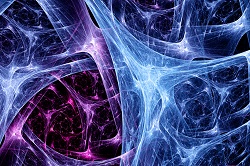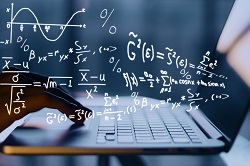Non-commutative structures in quantum physics
In quantum physics, scientists often start by taking classical observables and writing down formulas that imply that these observables do not commute. In doing so, they define an algebra, usually called ‘algebra of observables’. C*-algebras are a way of making the results of this process more precise. For instance, certain quantum field theories allow many different vacuum states. Each vacuum gives a different representation of the C*-algebra of observables as operators on a Hilbert space. In other words, each vacuum state lives in a diverse Hilbert space. Despite the many achievements of C*-algebras, physicists need to know more about their many representations. In the EU-funded project OPERADYNADUAL(opens in new window) (Operator algebras and single operators via dynamical properties of dual objects), mathematicians have constructed operator algebras from dynamical data. The team developed a new mathematical language of so-called C*-precategories, leading to general constructions that extend the most successful constructions of this sort. This includes Cuntz-Pimsner and Nica-Toeplitz algebras associated with C*-correspondences. C*-correspondences with commutative algebras represent graphs, opening the way to a detailed study of the corresponding C*-algebras. Specifically, the development of a theory of graphs dual to C*-correspondences with non-commutative algebras was one of the main results of the project. In addition, the OPERADYNADUAL team introduced crossed products of a C*-algebra using a completely positive map relative to an ideal in the C*-algebra. When the latter is commutative, these included C*-algebras associated with operators and topological relations. The new mathematical constructions are expected to open new lines of research. Moreover, these newly developed innovative methods of analysis will have high impact with a wide range of potential applications beyond the theory of operator algebras and quantum physics.





